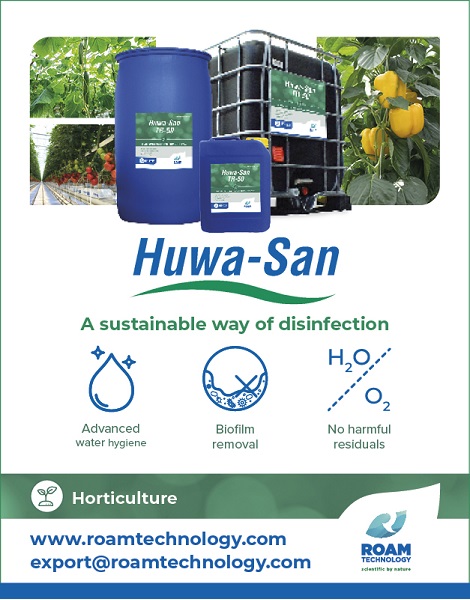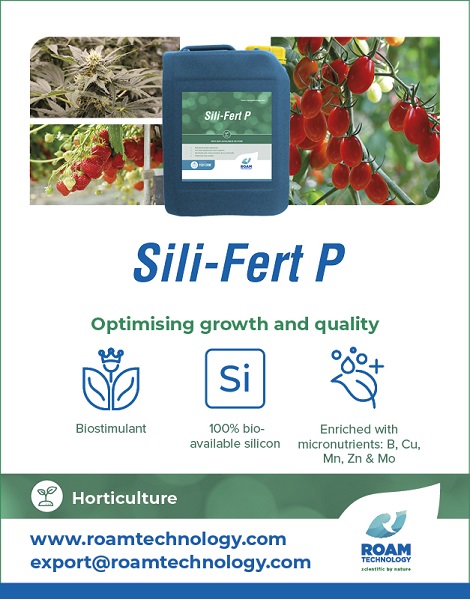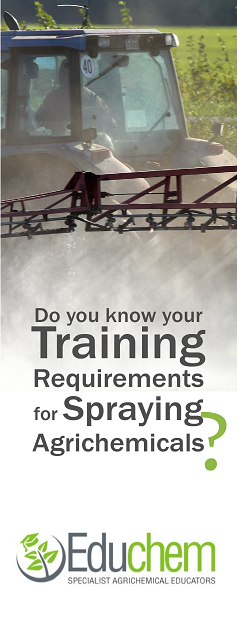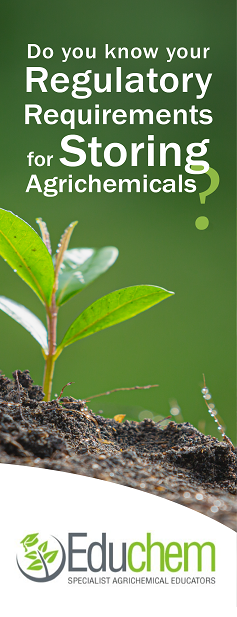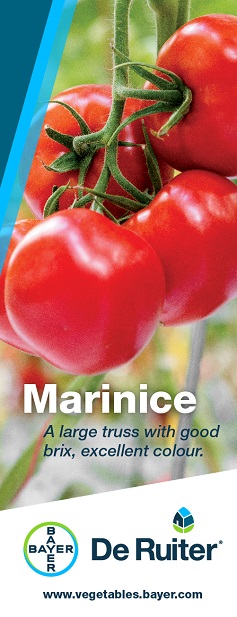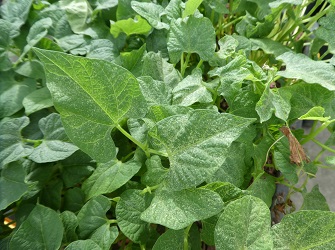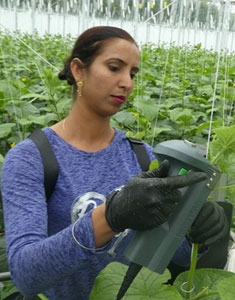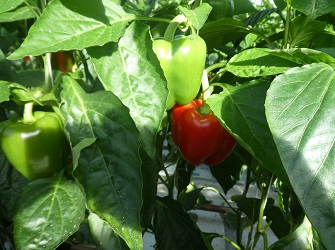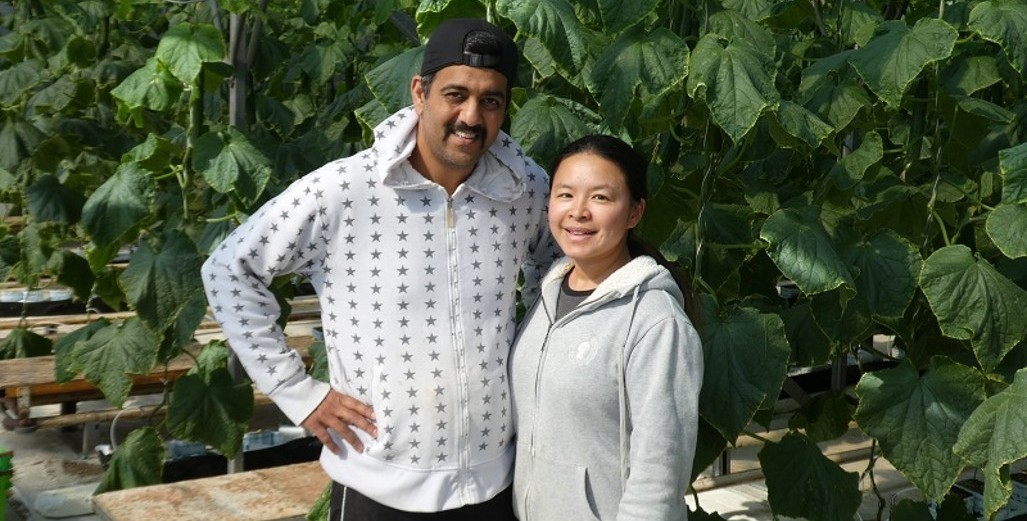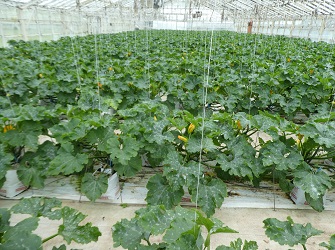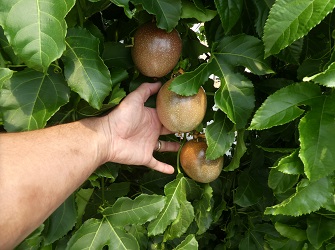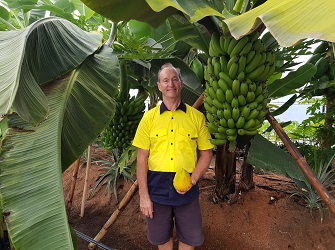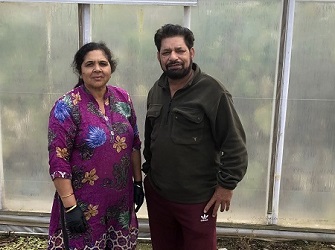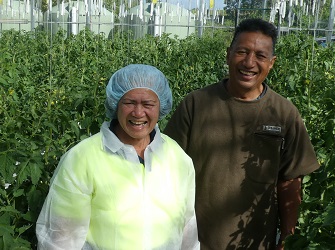Sign up here to subscribe to the Grower2grower Ezine. Every two weeks you will receive new articles, specific to the protected cropping industry, informing you of industry news and events straight to your inbox.
Aug 2022
Ever thought of an Augmentorium?
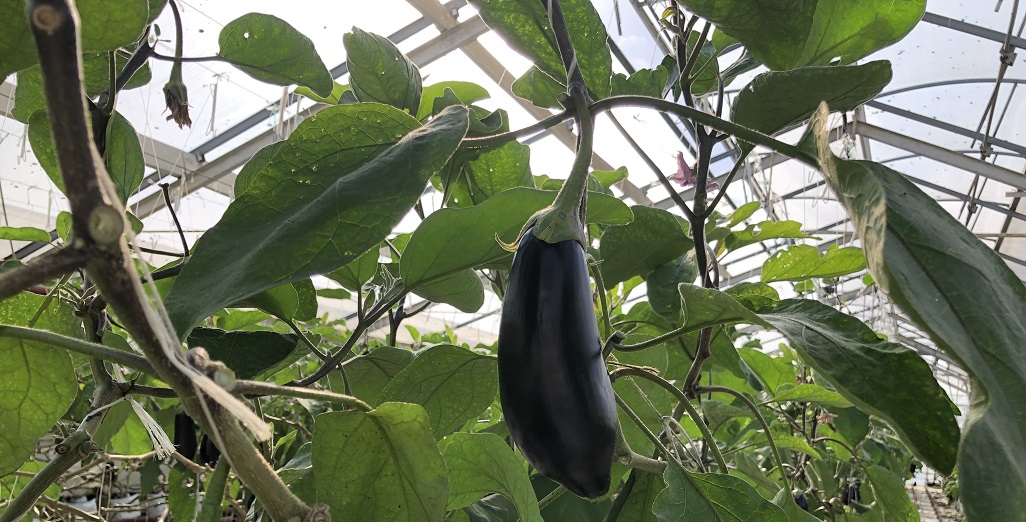
Dave Bellamy (PFR) update thought provoking
Last Wednesday in Pukekohe Vegetables NZ Inc and Process Vegetables NZ hosted a workshop for local vegetable growers and suppliers. The event included guest speakers to cover topics such as nutrient management and also to provide updates on R&D projects, product group activities and more. A special mention and thank you to Antony Heywood, General Manager of Vegetables NZ for pulling this event together with his team.
Unfortunately, I was not able to attend the entire day but was lucky enough to enjoy the morning sessions. I enjoy these events as a broad range of information is generally provided. It allows growers to understand what researchers are working on and the progress they are making. It also gives the opportunity for those working on research projects to understand what ‘real and current’ farm issues are also important, especially as this should be the basis for the actual projects/research? From my observations I believe there is still a disconnect between growing and research. A legitimate question was asked by a non-grower in regards to ‘what were the issues facing growers and what are the pests or fungus concerns the industry is facing’ A good question, however this indicated to me that communication between growers and researchers needs to be continually worked on. However, these types of events, bringing all parties together are vitally important to make sure we are all moving in the same direction and that we understand the problems growers need solutions for.
I was very interested in the presentation by Dave Bellamy from Plant and Food Research. Several topics David touched on interested me. Firstly, David indicated that climate change would potentially bring more water/rainfall to NZ. An increase in rainfall could mean less chance of drought, however too much rain could make it increasingly difficult for outdoor growers to get the tractors on paddocks in the winter (and increase in flood events) and may result in an increase in fungal pressure, poor production outcomes etc. If David is correct in that due to the climate warming, New Zealand will receive an increase in rain events, then surely it is going to make it even more crucial we use protected cropping to our advantage. Now I know not all crops can be grown economically in a protected cropping structure but I am yet to come across anything that cannot grow in a controlled, protected environment.
Secondly David talked about Augmentoriums. An augmentorium is a tent-like structure, placed adjacent to a cultivated field, where farmers can regularly deposit infested fruit. The augmentorium sequesters adult flies that emerge from infested fruit (plant matter) while allowing parasitoids to escape, thus “augmenting” their population.
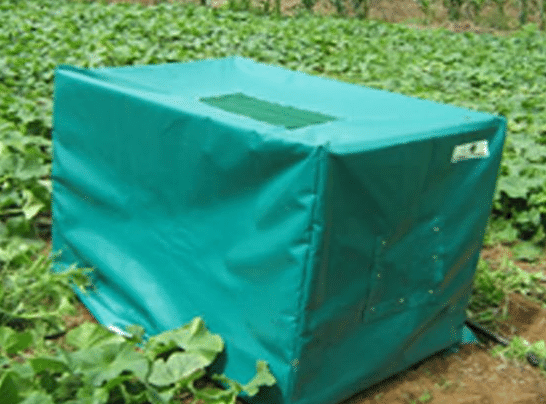
The Augmentoriums are very interesting because although they are not the bleeding edge of technology, I had not heard of them before. Simply they keep the naughty insects in and let the good ones out. A basic but critical question was asked from a grower, ‘how many you would need per hectare’. That is actually the most important question because a grower, as much as they want to use Integrated Pest Management (IPM) and reduce chemical usage, if it breaks the bank trying to be IPM friendly they won’t be in business for very long. However, that doesn’t mean not to try but the research needs to calculate the potential cost implications for the grower, (this may mean calculating the of the IPM cost/effectiveness versus the reduction in costs associated with spraying and predicted production outcomes) otherwise, even with all the good intentions, if the business case doesn’t work it will not happen.
The third interesting question posed by Dave was what drives the expectation of the fruit/vegetable quality? Is this ‘perfection expectation’ driven by the consumer? Perhaps, if the consumer demands growers use less chemical then the consumer expectations need to change and they should accept less than perfect looking produce?
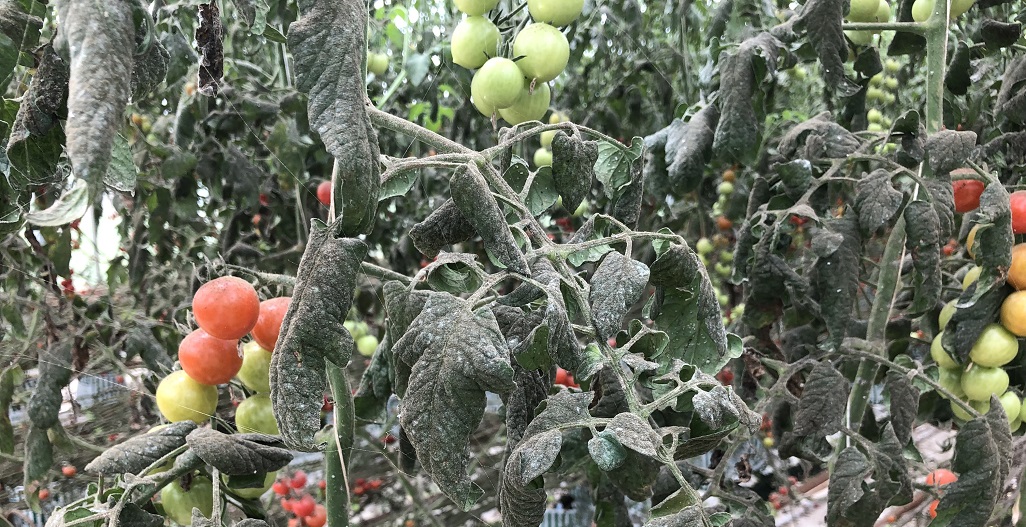
Image above – A tomato plant devasted by whitefly (2021)– we are running out of tools, so perhaps breeding Encarsia in our own greenhouses is an option? Could miniature Augmentoriums work to let out the Encarsia (.6 mm long) but keep the adult whitefly in (1.5-2.5 mm long)? The issue, keeping leaf with parasitised eggs in the greenhouses after deleafing, to allow young Encarsia to hatch, unfortunately means the whitefly that have not been parasitised continue to hatch and the battle is progressively lost.
Article written and compiled by Stefan Vogrincic
All Article’s checked and edited by Marie Vogrincic
I appreciate your comments. Please feel free to comment on the grower2grower Facebook page:
CLASSIFIED
Photo
Gallery
Subscribe to our E-Zine
More
From This Category
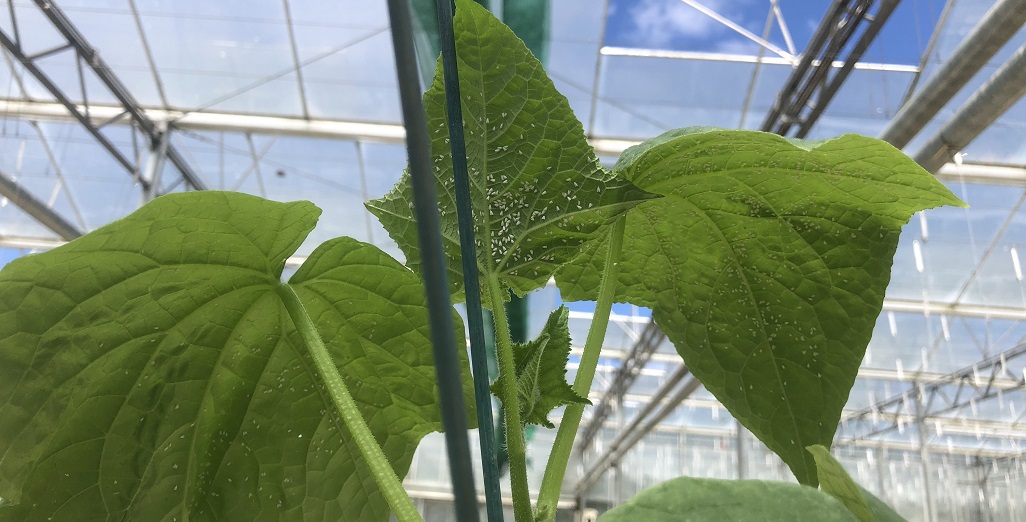
Starting on the back foot
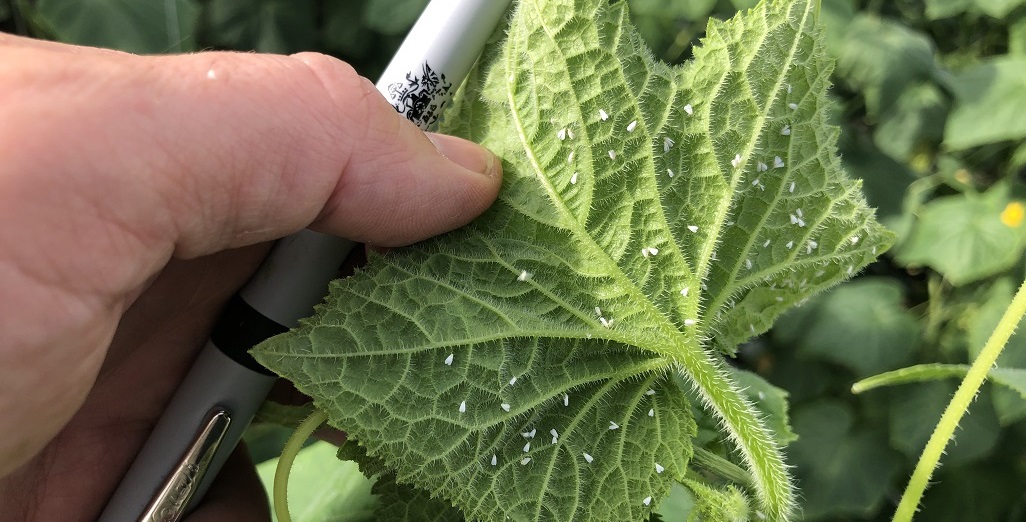
(Best of 2023) RNA-based disease control in protected cropping environments. Anne Sawyer presents at the PCA Conference (Best new development PCA 2023)

(Best of 2023) Aphid infestation on cucumber crops

LimoMax, a new predator for insect control in greenhouses and outdoor crops.

Aphid infestation on cucumber crops







